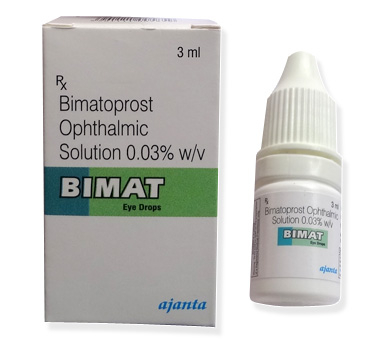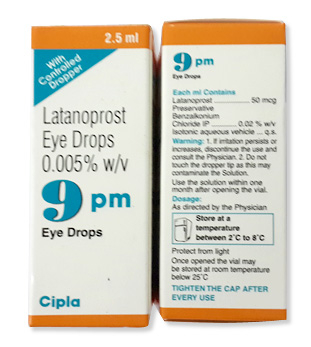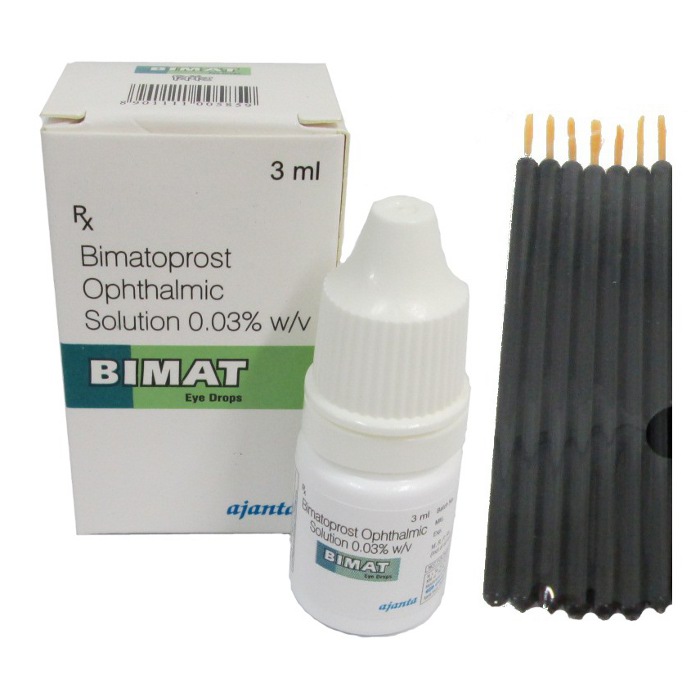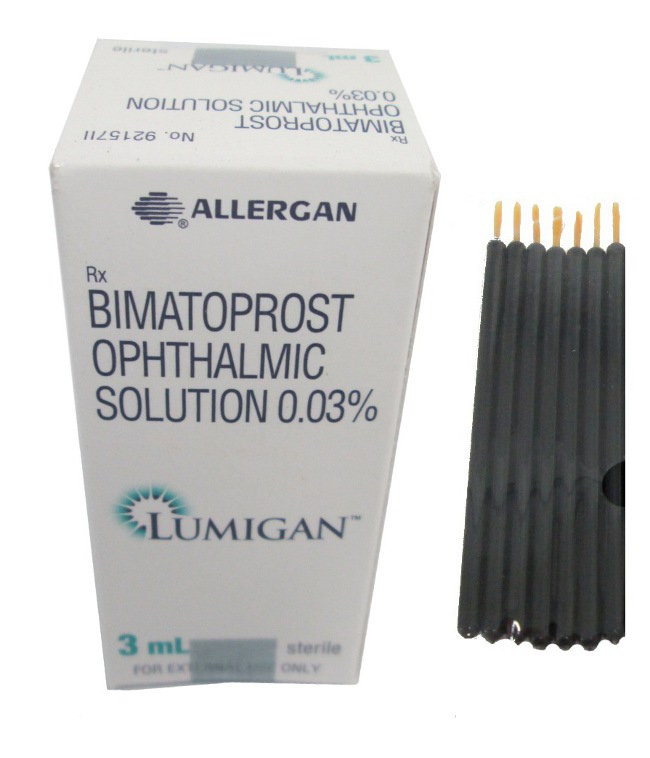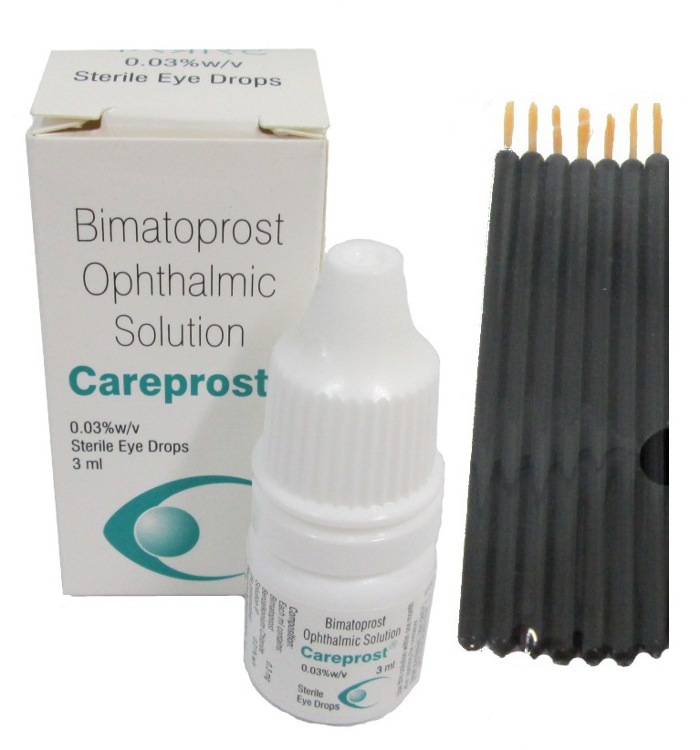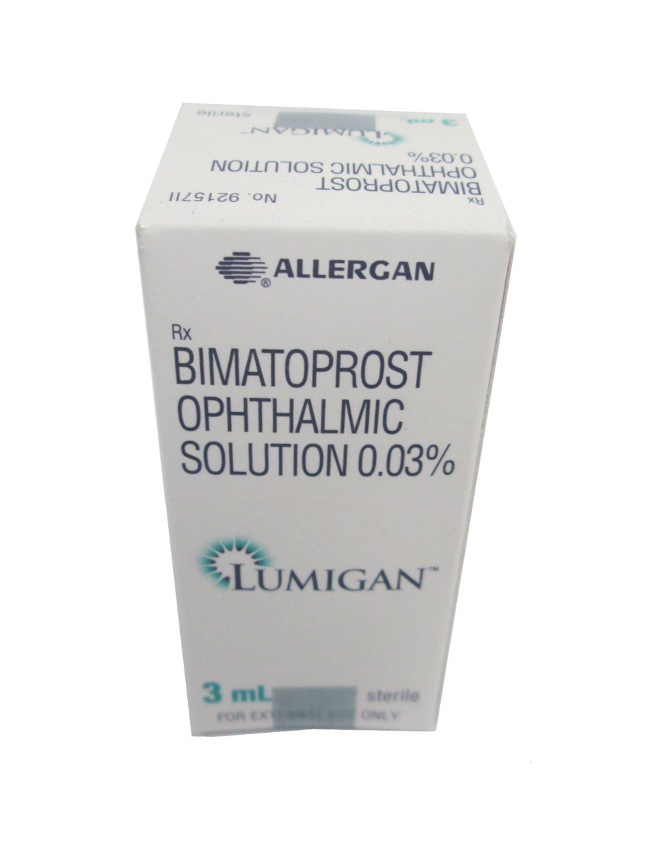Careprost
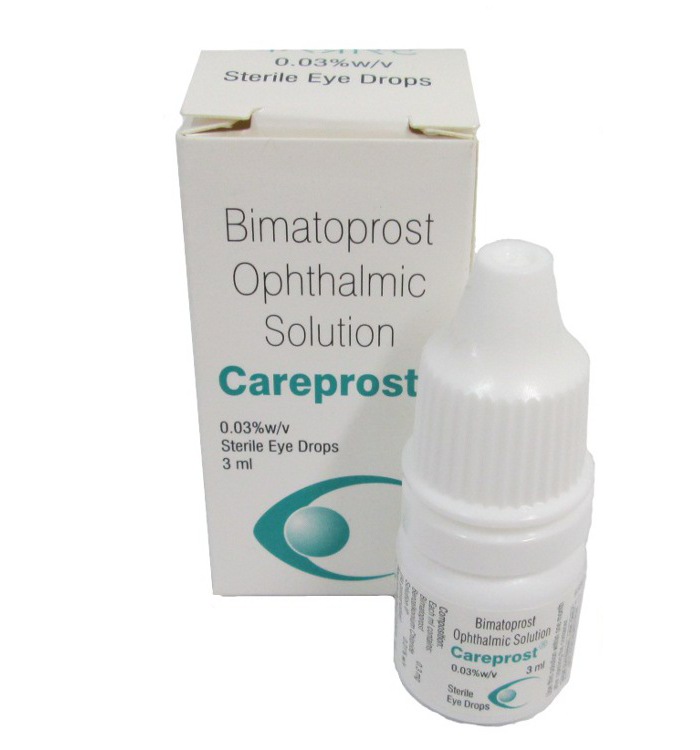
Careprost
- Careprost can be purchased through online pharmacies and global e-shops worldwide without a prescription, but regulatory guidelines in many regions require a prescription; our pharmacy ships discreetly with international delivery options.
- Bimatoprost-based Careprost is primarily used to treat glaucoma and ocular hypertension by reducing intraocular pressure (as a prostaglandin analogue), and cosmetically for enhancing eyelash growth and thickness.
- The usual dosage is one drop (0.03% w/v solution) daily in affected eyes for glaucoma, or nightly application with an applicator along the upper eyelid margin for eyelash enhancement.
- It is administered as an ophthalmic solution using a dropper vial or precision applicators directly to the eye or lash line.
- Intraocular pressure reduction begins within 3–4 hours for glaucoma treatment, while visible eyelash growth results typically emerge after 4–8 weeks of consistent use.
- Duration of action is approximately 24 hours per dose for glaucoma control; for eyelash enhancement, continued nightly application is required indefinitely to sustain results.
- No direct interaction with alcohol is documented, but excessive consumption is discouraged as it may compromise treatment adherence or exacerbate eye dryness.
- Most common side effects include conjunctival redness (hyperemia), eye itching or irritation, eyelash/eyebrow darkening, and eyelid skin pigmentation.
- Discover the dual benefits for your eye health and beauty—would you like to try Careprost today without a prescription?
Essential Information About Careprost
| Attribute | Details |
|---|---|
| International Nonproprietary Name | Bimatoprost 0.03% w/v |
| Common Brand Names | Careprost, Lumigan (glaucoma), Latisse (cosmetic) |
| ATC Classification | S01EE03 (Prostaglandin analogue) |
| Available Form | Ophthalmic solution (3mL dropper vial) |
| Primary Manufacturer | Sun Pharmaceutical Industries (India) |
| Australian Regulatory Status | Prescription-only; not TGA-registered* |
Careprost contains the active ingredient Bimatoprost, classified pharmacologically as a prostaglandin analogue. While widely recognized globally, it's important to understand that Careprost products lack formal registration with Australia's Therapeutic Goods Administration. In clinical practice, glaucoma specialists occasionally authorize its import through specialized pathways when comparable registered medications prove unsuitable.
How Careprost Works in the Body
Bimatoprost achieves therapeutic effects by targeting specific prostaglandin receptors in ocular tissues. For glaucoma treatment, its primary mechanism involves enhancing uveoscleral outflow drainage pathways - effectively reducing intraocular pressure by facilitating fluid drainage from the eye's anterior chamber. The ocular pressure reduction prevents optic nerve damage in chronic conditions.
| Pharmacokinetic Parameter | Measurement |
|---|---|
| Peak Concentration | Reached within 10 minutes post-instillation |
| Therapeutic Effect Onset | 3-4 hours after administration |
| Metabolism | Primarily hepatic through oxidation |
| Elimination Half-Life | Approximately 45 minutes |
| Excretion | Mainly renal (67%) with some fecal elimination |
Potential interactions require consideration: concomitant corticosteroid use may diminish its pressure-lowering efficacy, while alcohol consumption often amplifies ocular irritation. Patients should disclose all concurrent medications during consultation, particularly NSAIDs or immunosuppressants.
Medically Approved Uses
| Condition | Application Details | Regulatory Status |
|---|---|---|
| Open-Angle Glaucoma | 1 drop nightly to affected eye(s) | TGA/FDA-approved |
| Ocular Hypertension | 1 drop nightly to affected eye(s) | TGA/FDA-approved |
| Eyelash Enhancement | Apply along upper lash margin nightly | Off-label application |
Though primarily registered internationally for managing elevated intraocular pressure, Careprost gains significant attention in Australia for cosmetic eyelash enhancement - an application falling outside TGA-approved indications. This prostaglandin analogue stimulates lash follicles through prolongation of the hair growth phase (anagen). Contraindications include pregnancy, breastfeeding, aphakia, and active ocular inflammation conditions like uveitis or conjunctivitis.
Recommended Dosage Protocols
Glaucoma Treatment Regimen
Administer precisely one drop (0.03% concentration) into affected eye(s) once nightly, maintaining consistent timing for optimal intraocular pressure control. Patients should gently occlude tear ducts for one minute post-instillation to minimize systemic absorption.
Eyelash Enhancement Protocol
For cosmetic purposes, apply a single drop nightly along the skin at the base of upper eyelashes using sterile applicator brushes. Avoid lower lash application and expect visible results after approximately 8 weeks, with maximum benefits at 16 weeks. Following this period, maintenance typically requires application 3 nights weekly.
Special Population Adjustments
- Elderly Patients: No routine adjustments needed but monitor for dizziness
- Renal Impairment: Limited safety data - use conservatively
- Hepatic Dysfunction: Avoid if severe impairment exists
- Paediatric Use: Strictly contraindicated under 18 years
Managing Missed Doses
If forgotten, apply immediately remembered unless nearing next scheduled dose. Never double-administer. Overdose manifestations include severe ocular irritation - immediately rinse with lukewarm water and seek medical guidance if symptoms intensify.
Safety Profile & Contraindications
| Side Effect | Frequency | Management |
|---|---|---|
| Conjunctival hyperemia (redness) | Very common – approx 40% patients | Usually mild; temporary artificial tears may help |
| Eye itching / irritation | Common | Ensure correct application; persists? Seek review |
| Eyelid skin hyperpigmentation | 15-20% cosmetic users | Often reversible if treatment stopped early |
| Increased iris pigmentation | <5% | Permanent colour change; cosmetic consideration |
| Severe reactions: Uveitis, macular oedema | Rare | Discontinue immediately; urgent ophthalmology review |
Absolute contraindications: Known allergy to bimatoprost/prostaglandins, active ocular inflammation (like herpes keratitis or uveitis), peri-ocular infections.
Special precautions: Requires close monitoring for patients with history of macular oedema, pseudo-phakic eyes, or compromised corneas. Consult ophthalmologist before combining with other glaucoma drops.
Patient Reviews & Real-World Feedback
"My eyelashes transformed dramatically after 10 weeks – but the redness needed managing with preservative-free drops." – Sarah K., Gold Coast (cosmetic user)
"Effective pressure control despite failing other therapies, though my brown iris noticeably darkened over two years." – Robert L., Perth (glaucoma patient)
Efficacy patterns: Clinical studies show:
- Eyelash enhancement: 87% achieved markedly longer/thicker lashes (visible by week 8-16)
- Glaucoma control: Intraocular pressure reduction averaging 25-33%
Common challenges: Dry eyes (31% users), irritation around application site, and skin darkening top cosmetic concerns. Users highlight:
- Importance of consistent nightly use
- Using single-use sterile applicators
- Patience needed – optimal results take 4+ months
Alternatives Comparison
| Product | Price (AUD) | Regulatory Status | Key Advantages | Limitations |
|---|---|---|---|---|
| Careprost (Bimatoprost) | $30-$45/vial | Prescription-only | Dual-purpose (glaucoma/cosmetic); multiple international suppliers | Higher pigment change risk; non-PBS |
| Latisse | $130-$140 | Prescription-only | TGA-approved; precision applicators | Cost-prohibitive for long-term use |
| Xalatan (Latanoprost) | $42.50 (PBS price) | PBS-listed | Subsidised glaucoma therapy; lower pigment change incidence | Not indicated/reliable for eyelashes |
| Grandelash MD | $65-$80 | Unregulated OTC | Accessibility | Varied results; TGA doesn't assess efficacy |
Therapeutic preferences: Ophthalmologists often prescribe PBS-covered latanoprost/Xalatan first-line for glaucoma due to lower side effect risks and cost accessibility. Careprost remains popular among informed cosmetic users valuing its cost-effectiveness versus Latisse.
Australian Market Insights
Availability: Careprost remains unapproved by TGA but legally accessible via:
- Personal importation (3-month supply)
- International online pharmacies
- Select telehealth prescribers specialising in cosmetic treatments
Typical pricing: A$30-$45 per 3ml vial. Higher costs indicate inflated reseller margins.
Product presentation: Solutions arrive in amber glass bottles with separate sterile eyeliner brushes. Consumers must:
- Discard brushes after each application to prevent infections
- Store unopened vials in cool dark places
- Use opened vials within 4 weeks
Market trends: Post-pandemic, eyelash serum enquiries surged 400% nationally. Regulatory discussions continue regarding formal approval pathways for prostaglandin-based cosmetic enhancers while pharmacists continually reinforce safe use guidance.
Recent Research and Future Developments in Bimatoprost Treatment
Scientific investigations continue exploring bimatoprost's potential beyond its established uses. Recent pharmaceutical advancements include microemulsion formulations that significantly enhance corneal penetration according to 2024 studies in the Journal of Pharmacy and Pharmaceutical Sciences. Researchers at the University of Melbourne are conducting Phase II clinical trials examining bimatoprost's efficacy in androgenetic alopecia, with preliminary results showing promising follicle stimulation on the scalp. Following the 2021 patent expiration, multiple generic manufacturers have entered global markets, increasing access to affordable alternatives. Future directions focus on targeted delivery systems and combination therapies that may improve efficacy while minimising adverse effects like iris hyperpigmentation regardless of treatment purpose.
Frequently Asked Questions About Careprost
Can I apply Careprost to my pet's fur for enhanced growth?
Veterinary formulations differ significantly from human medications. Using human products on animals without veterinary supervision risks serious adverse reactions due to different absorption rates and metabolic pathways in companion animals.
Why has my iris colour changed while using this medication?
This results from permanent melanocyte activation within the iris stroma. Visible changes typically emerge gradually after months of use and may persist despite treatment discontinuation. Patients with mixed-colour irises face greater risk.
What import regulations apply to Careprost in Australia?
The Therapeutic Goods Administration requires Special Access Scheme approval through a healthcare provider when personally importing prescription medications like Careprost. Patients must supply valid prescription details and SAS application identifiers for customs clearance. Pharmaceutical Benefits Scheme reimbursement doesn't cover cosmetic use.
Essential Usage Guidelines for Careprost Products
Adhere to these critical procedures for safe and effective application regardless of indication. Use sterile single-use applicators strictly along the upper eyelid margin each evening. Refrigerate opened vials below 4°C and discard after four weeks to prevent microbial contamination. Avoid direct eye contact with contact lenses - wait 15 minutes minimum before lens reinsertion. Never apply to the lower lash line due to unintentional spreading risks. Permanent storage considerations involve maintaining unopened containers at room temperature below 25°C in protected dark environments. Recognise critical reactions demanding immediate discontinuation including prolonged blurred vision, conjunctival swelling, or photophobia and promptly consult a healthcare professional.

